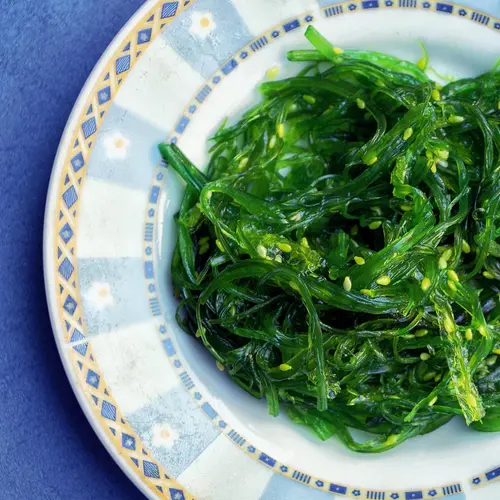Vegetable is a broad term that refers to the edible parts of plants, which are usually their leaves, roots, fruits, or seeds. Vegetables are a staple food across the world and are a fundamental part of modern agriculture.
Since they’re low in calories but high in nutrients, most health experts recommend that you consume vegetables daily. There’s a scientific consensus that a balanced, rotating diet of different varieties of vegetables is one of the best ways to source nutrients from your food starting at a young age.
Health Benefits
Vegetables are full of essential vitamins, minerals, and antioxidants that provide many important health benefits to your body. For instance, carrots are known for being very high in vitamin A, which plays an important role in eye health, as you grow older.
Vegetables also offer many other health benefits like:
Improved Digestive Health
Vegetables are a good source of dietary fiber, a type of carbohydrate that helps pass food through your digestive system. Studies show that fiber may also improve vitamin and mineral absorption in the body, which could potentially raise your daily energy levels.
Lower Blood Pressure
Many green leafy vegetables like kale, spinach, and chard contain potassium. Potassium helps your kidneys filter sodium out of your body more efficiently, which can reduce your blood pressure.
Lower Risk of Heart Disease
Green leafy vegetables also contain vitamin K, which is believed to prevent calcium from building up in your arteries. This can lower your risk of arterial damage and help prevent many heart health complications in the future.
Diabetes Control
Vegetables are particularly high in fiber, which is needed for optimal digestion. They have a low glycemic index, so your blood sugar won’t rise quickly after a meal. The American Diabetes Association recommends at least 3 to 5 servings per day of non-starchy vegetables like broccoli, carrots, or cauliflower.
Nutrition
Vegetables are a rich source of folate, a B vitamin that helps your body make new red blood cells. Folate is especially important for children’s health and may also reduce the risk of cancer and depression.
Vegetables are also great sources of essential minerals like:
- Copper
- Magnesium
- Zinc
- Phosphorous
- Selenium
Nutrients per Serving
The nutritional content of vegetables naturally depends on which kind you’re eating. For instance, calories range from 6.5 calories per celery stalk to 67 calories per 1/2 cup of peas.
Portion Sizes
While portion sizes also vary depending on the specific vegetables, the USDA recommends that adults eat between one and three cups of vegetables per day.
How to Prepare Vegetables
Many varieties of vegetables can be found in grocery and health food stores across the country. They can be bought in both organic and conventionally grown varieties. Experts recommend eating a varied diet of vegetables regularly to maximize their nutrient potential.
Vegetables are a versatile food that can be steamed, roasted, mixed into stir-fry, and more. They’re an essential part of cuisines all around the world that are served as either a main dish or a side dish in countless recipes.
Here are some easy ways to incorporate vegetables in your diet:
- Try a mixed salad with kale, cabbage, and brussels sprouts
- Cook onions, peppers, and zucchini together for a vegetable kabob meal
- Roast your tomatoes in the oven with olive oil, parmesan cheese, and basil
- Create a fresh Mediterranean garden salad with lettuce, sweet peas, peppers, and cherry tomatoes
- Fry vegetables with oil in a wok with chicken or tofu to create a delicious stir-fry
- Create a vegetable melt by adding asparagus, mushrooms, and peppers to toasted cheese bread


